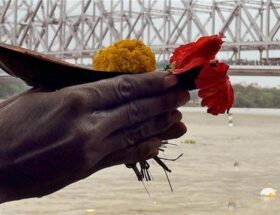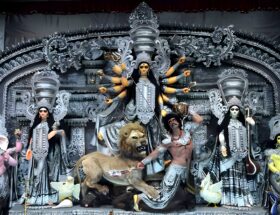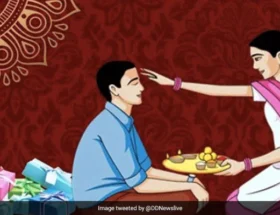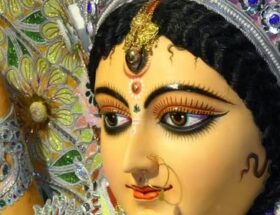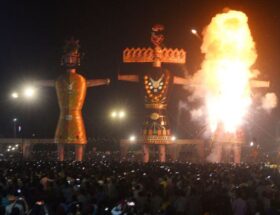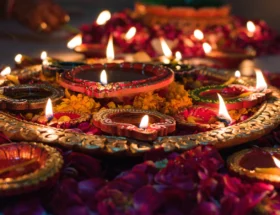Chovoth: Cultural Fiesta in Goa
Chovoth Festival Goa Introduction
Chovoth Festival Goa, more popularly known as Ganesh Chaturthi, happens to be one of the most sacred festivals in Goa. This festival is very dear to the Goans because it marks the arrival of Lord Ganesha, whom they worship as the god of knowledge and good luck. They celebrate the festival very colorfully, blending religious rituals with equally colorful cultural traditions passed down through generations.
Significance of Chovoth in Goan Culture
Chovoth Festival in Goa is not solely a religious festival but a cultural event in Goa. It unites families who come together to perform customary rituals that include preparing extensive feasts and decorating the plant or idol. The festival also draws Goans to their ancestors, as many follow the stories and customs as narrated in the scriptures.
Rituals and Traditions of Chovoth
It all begins with the installation of clay idols of Lord Ganesha in the household and community places. After that, people worship the clay idols by decking them with flowers, fruits, and other items as offerings. All the prayers and almost every ritual practiced in this festival is for the grace of Lord Ganesha for prosperity, health, and happiness.
One major tradition that prevails is the preparation of special sweets like modak, which Lord Ganesha loves the most, according to traditional belief. Worshippers present these to the deity as part of the worship. They perform a series of cultural performances, including music, dances, dramas, and other programs, adding color to the festival.
Environmental Awareness During Chovoth
Not far in the past, more and more consciousness toward the environment is now spreading and, with the increasing awareness, Chovoth celebrations. These peoples are now opting for eco-friendly clay idols, sustainable decorations, and other such options to reduce pollution. This shift shows the commitment of the community toward preserving the environment while honouring their traditions.
Conclusion
Well, Chovoth is more than just a festival. It represents the very essence of culture, tradition, and community in Goa. While Goans continue to celebrate this festival in Goa, they imbibe changes to make sure their festivity correlates with nature. It is due to this nature and characteristic of Chovoth that people feel more bound to one sense of unity and cultural heritage.
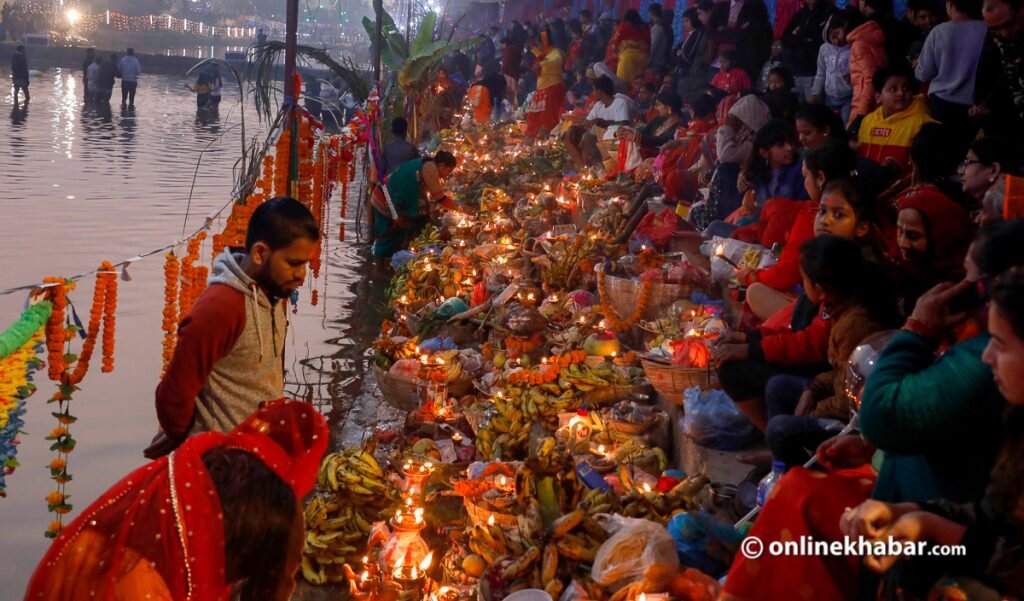
Sarees that women wear in this festival: Green Mulmul Cotton Saree with Floral Print
FAQs on Chovoth
1. What is Chovoth?
Chovoth, more commonly Ganesh Chaturthi is a festival, one of the three or four major festivals celebrated in Goa, where the people invoke the blessings and protection of the Hindu God of Wisdom and Prosperity, Lord Ganesha for the well-being of society. Installation of Ganesha idols at every home and at places in public is done with a lot of festivities, rituals, praying, and cultural programs.
2. What is the date of Chovoth in Goa?
Chovoth falls in the Hindu month of Bhadrapada and usually the month of August or September is this month. It is celebrated for 10 days, starting from the fourth day of the waxing moon.
3. How is Chovoth celebrated in Goa?
The Konkani population of Goa celebrates Chovoth in great pomp. Bringing home clay idols of Lord Ganesha for ten days, the family members perform the rituals associated with this idol worship and offer special sweets like modak. Several community programs including musical and dance shows, together with theatrical performances, have also been arranged to celebrate the festival.
4. What is the significance of the modak against the backdrop of Chovoth in Goa?
Modak is a special sweet made during chovoth, and Lord Ganesha loves this sweet. Offering a modak to the god signifies prosperity and good luck. It is made out of rice flour, coconut, and jaggery.
5. What are the environmental issues related to Chovoth?
Traditional Chovoth celebrations made use of clay idols and the decorations used environmental-unfriendly materials, which were most likely to result in harm if not disposed of in the correct way. People have now started to use eco-friendly idols made with natural clay and organic paints, thus getting rid of pollution and saving water bodies.
6. How long does Chovoth celebration take place?
The 10-day festival begins on the first day with the installation of the idol of Lord Ganesha. The festival’s last day is the immersion of the idol into a body of water where it is said that Lord Ganesha returns to his heavenly abode.
7. What is the ceremony of Visarjan in Chovoth?
The ritual of Visarjan in the ceremony means immersion of the idol of Lord Ganesha into a water body. This is the culminating mark of the Chovoth festival and hence is symbolic in a way that Lord Ganesha is departing from this place, and with him, he has taken away the troubles and impediments of his devotees.
8. Why do Goans celebrate Chovoth with such fervour?
Chovoth is in-born to Goans. It is the time to reconnect with one’s family, religious performances, and display of culture. It is during this festival that an opportunity presents itself to better a sense of community, and Goans can perceive themselves together with their heritage more effectively.
9. What is the role of community celebrations in Chovoth?
Community programs are a significant part of Chovoth in Goa. Huge public idols of
People erect Lord Ganesha idols in pandals and arrange cultural programs like plays, dances, and music performances, bringing the community into a festive spirit.
10. What has been the evolution of Chovoth over the years in Goa?
Over the years, Chovoth in Goa has seen an evolution with sustainability. Ancient rituals remain intact, but people have realized that they must use more eco-friendly materials in the idols and decorations, reflecting a rise in environmental consciousness among Goans.

